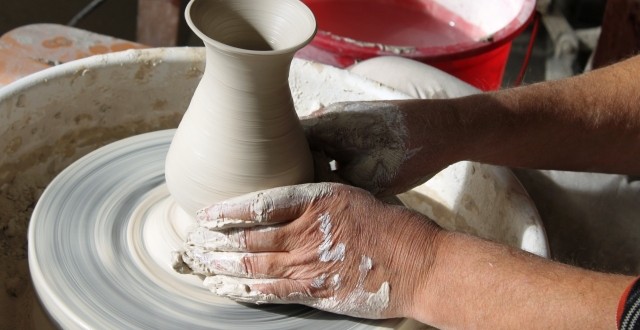By: Bryan Wu
The 3D printers we know and love today can do many things, and create nearly anything we imagine. However, until now items have been limited to polymer plastics, a handful of metals and glass. However, researchers at HRL Laboratories have announced a leap forward in 3D printing: the ability to print ceramics. The way to do this is to not heat ceramic powder, as previously thought. Doing so generates too many microscopic flaws that can lead to cracks and fractures. Instead, the team developed a material they’re calling “preceramic polymers” that convert to ceramic when heated. Essentially, a 3D design is printed using these preceramic polymers and then hardens the material into ceramic by heating it up.
This material is compatible with stereolithography, a popular 3D printing method wherein a laser is used to solidify a liquid polymer. Even more, this ceramic material can print highly detailed and complex ceramic models 100 to 1000 times faster than conventional stereolithography by using an ultraviolet light and patterned masks.
This advancement could start a boom for the aerospace industry which already relies on ceramic components for everything from wing panels on planes to the internal mechanisms of orbital rockets. DARPA has awarded the team a development contract for an ablative ceramic aeroshell — essentially a heat shield for spacecraft as they enter an atmosphere — as HRL’s ceramics are reportedly 10 times stronger than the ceramic foam currently commercially available.
 Tempus Magazine By Students, For Students
Tempus Magazine By Students, For Students 



